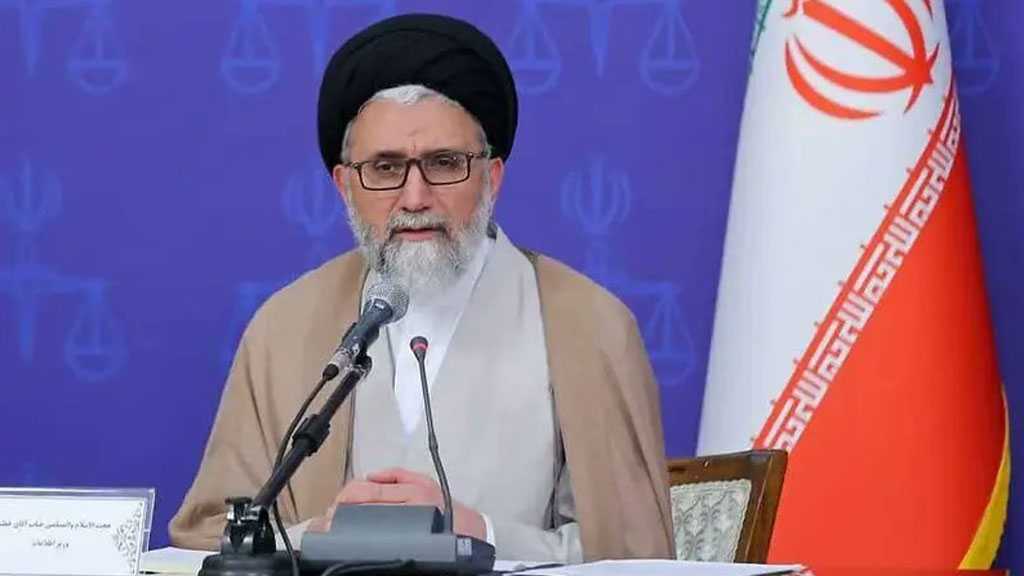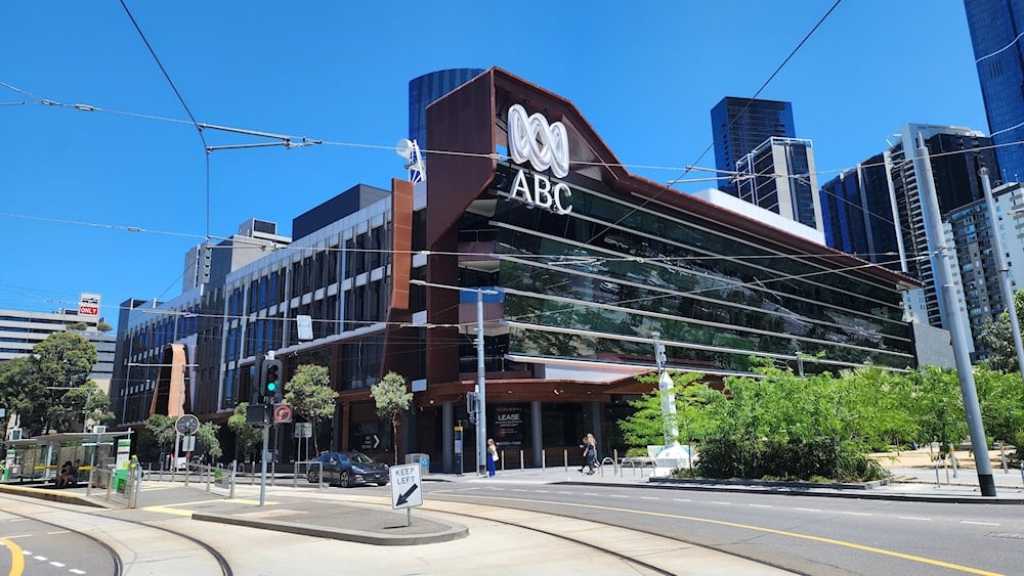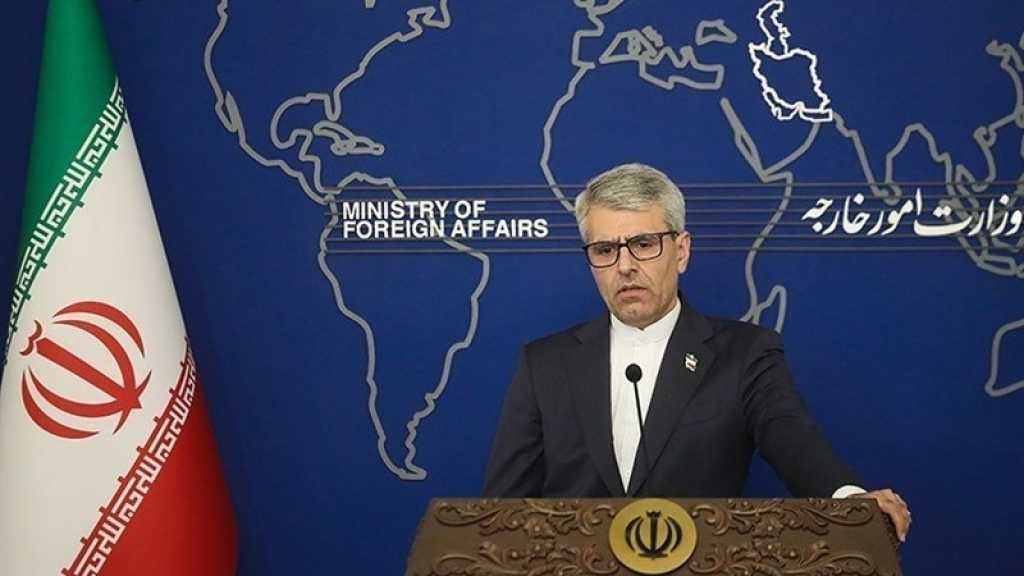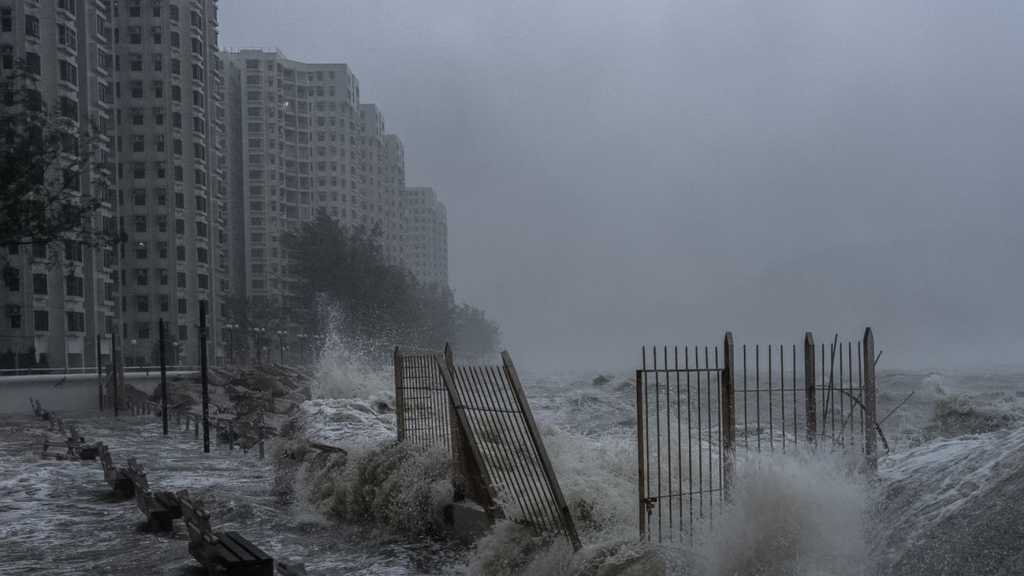Yemen’s Ansarullah Forces Humble US Supercarrier: Truman Returns Home Damaged, Weary
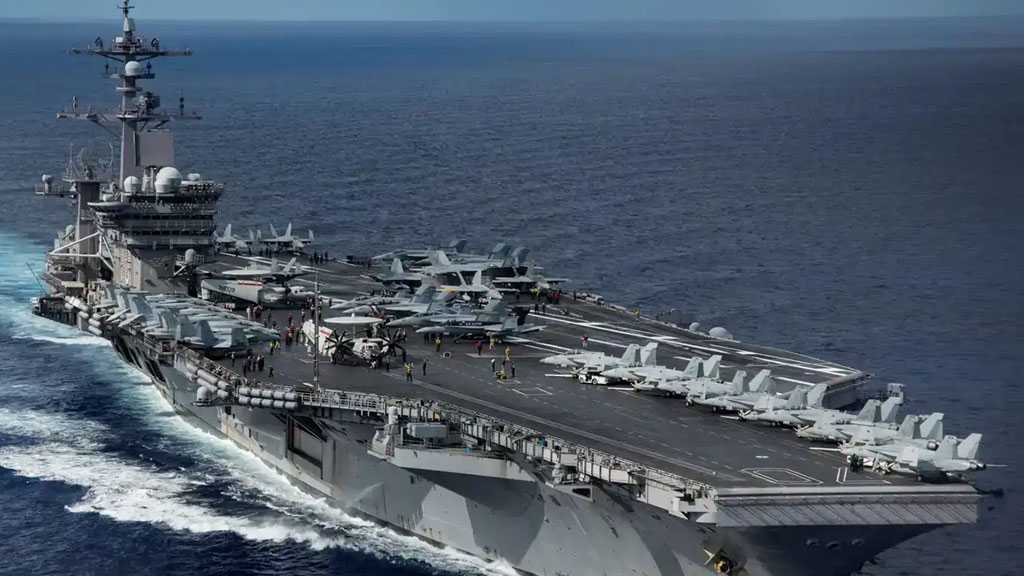
By Al-Ahed News, The National Interest Magazine
After months of intense combat and setbacks in the Red Sea, the USS Harry S Truman has returned to its home port in Norfolk, signaling what many observers see as a strategic retreat in the face of Yemen’s growing resistance.
The aircraft carrier’s eight-month deployment, part of what the Pentagon called one of the "most combat-intensive missions in decades," failed to deter Ansarullah fighters, who have vowed to continue operations against both the US and "Israel" until the siege on Gaza is fully lifted.
According to The National Interest magazine, the Truman-led carrier strike group faced “one of the most prolonged and difficult naval missions in recent history.” Despite launching over 1,000 airstrikes in a 52-day campaign as part of Operation Rough Rider, US forces were unable to neutralize Ansarullah's expanding presence and capability in the Red Sea, where they have repeatedly disrupted “Israeli”-linked shipping and openly declared their solidarity with Palestinians in Gaza.
Rear Admiral Sean Bailey, commander of the strike group, acknowledged the unusually intense tempo of operations and continuous combat that defined the deployment. “There’s nothing in comparison,” he told reporters, highlighting the sustained threat posed by Yemeni fighters.
Originally deployed in September 2024, the USS Harry S Truman shifted from NATO drills in Europe to active combat in the Red Sea by late December. The ship’s involvement in direct strikes against Ansarullah in Yemen extended its mission until a ceasefire in mid-May. But Ansarullah’s leadership insists that their campaign is far from over.
Ansarullah leadership has declared that operations against US military assets and "Israeli" shipping in the Red Sea will continue until the full lifting of the siege on Gaza, a position echoed repeatedly in recent statements and battlefield activity.
The deployment also took a heavy toll on the US Navy. Three F/A-18 Super Hornets were lost during the mission — one to friendly fire, one falling overboard during evasive maneuvers under drone attack, and another in a failed landing. The carrier itself suffered a collision in February with a Panamanian cargo vessel near Port Said, prompting emergency repairs in Greece and a mid-deployment change in command.
Captain Chris Hill took over leadership from Captain David Snowden after the incident. While Hill was praised for bringing the ship home safely, the mission’s outcome raises broader questions about the effectiveness and sustainability of long US naval deployments in contested regions.
The Harry S Truman will now undergo a multi-year Refueling and Complex Overhaul [RCOH] at Newport News Shipbuilding. Previous overhauls for similar carriers, such as the USS George Washington, were marred by delays and crew hardship, with The National Interest reporting severe morale issues and even suicides among sailors living aboard ships turned into floating construction sites.
For Ansarullah and its supporters, however, the return of the Truman marks a symbolic victory. Despite the US Navy’s overwhelming firepower, Yemen’s resistance has demonstrated its ability to challenge global powers and shape the geopolitical dynamics of the region — all while demanding justice for Gaza and defying “Israeli” influence.

